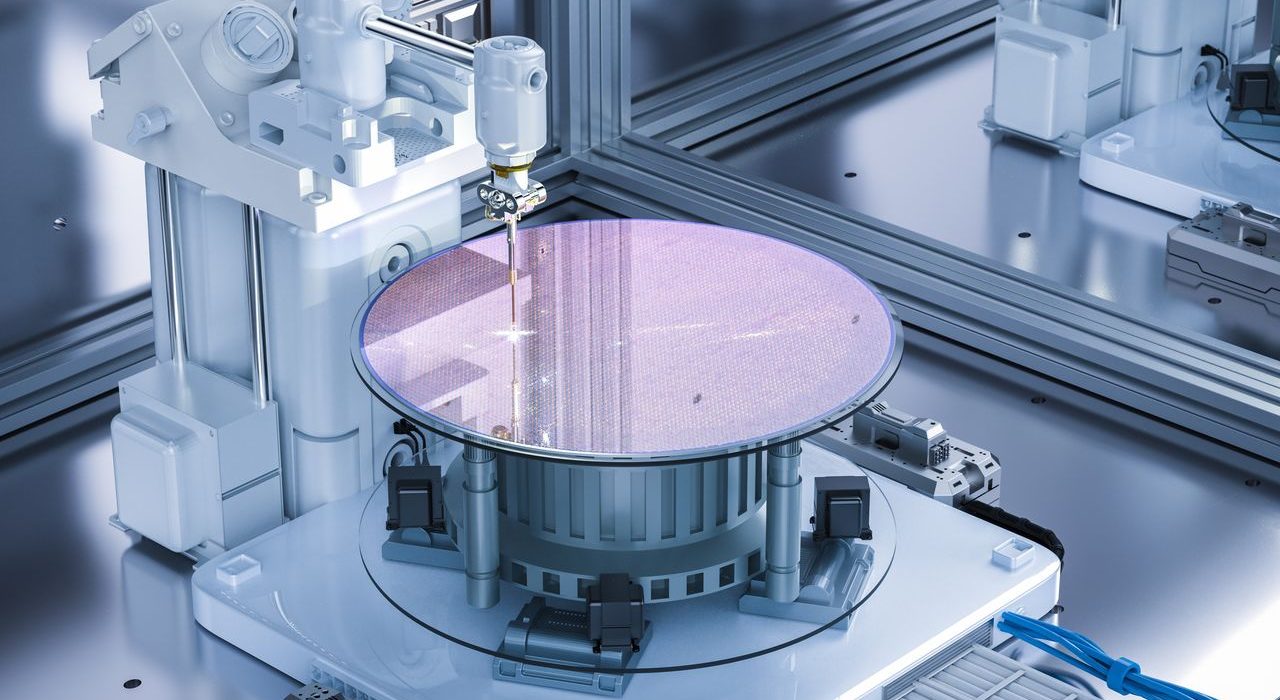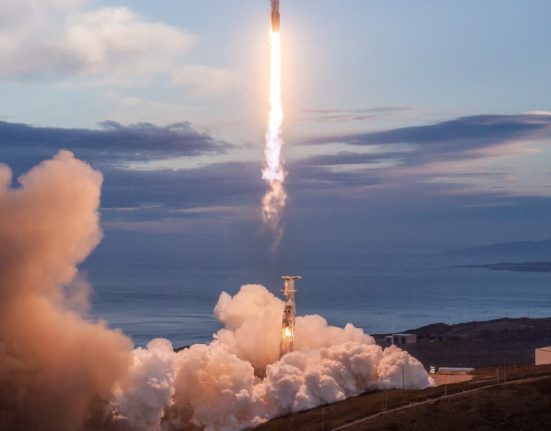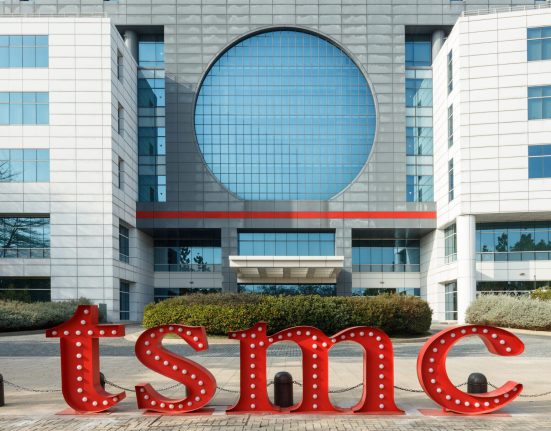Japan invested ¥3.9 trillion in support for its semiconductor industry from fiscal 2021 to 2023, which is a greater proportion of its GDP than the United States or Germany.
A report given by the Fiscal System Council, an advisory panel to the Ministry of Finance, shows that the Japanese government has been concentrating investment in its semiconductor industry more than Western countries.
Semiconductor materials are used not only for smartphones and AI applications but also many other types of electronic equipment like home appliances. They are essential for managing social infrastructure systems too, such as railways and the electricity and water supply. This has led to countries categorizing semiconductors as a strategic commodity and they are devising measures to support the industry and compete more intensely to attract manufacturers.
From an economic security perspective, in the past three years Japan has allocated ¥3.9 trillion, equivalent to 0.71% of its GDP, in supplementary budgets to support the semiconductor industry. This funding has included ¥1.2 trillion to Taiwan Semiconductor Manufacturing Company, the world’s largest chipmaker which built a plant in Kikuyo, Kumamoto Prefecture, and ¥920 billion to Rapidus in Tokyo, a Japanese chipmaker aiming to develop the next cutting-edge semiconductor technology.
The United States allocated ¥7.1 trillion over a five-year period, which while a much larger amount than that of Japan, represented 0.21% of the country’s GDP, making Japan’s investment proportionally more than three times higher. Investment by Germany amounted to ¥2.5 trillion, or 0.41% of its GDP, further highlighting the scale of Japan’s investment in this industry.
Back in 1989, six Japanese general electronics manufacturers, including NEC, Toshiba, Hitachi, and Fujitsu, ranked in the top 10 for global semiconductor sales. However, they gradually lost their competitive power as South Korean manufacturers emerged to take the lead and a number of companies started to abandon their operations through the late 1990s into the 2000s.
In 1999, NEC and Hitachi merged their semiconductor memory businesses to form Elpida Memory, but the company went on to file for bankruptcy protection in 2012. In 2003, Hitachi and Mitsubishi Electric entered a joint venture, creating Renesas Technology (now known as Renesas Electronics). A number of national policy projects were initiated in the 2000s, with the aim of developing cutting-edge semiconductor technology through collaborations between the public and private sectors; however, Japan was unable to regain its previous global standing.
(Translated from Japanese. Banner photo © Pixta.)








